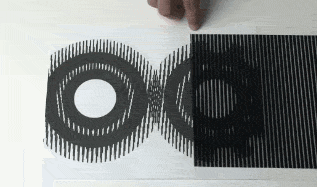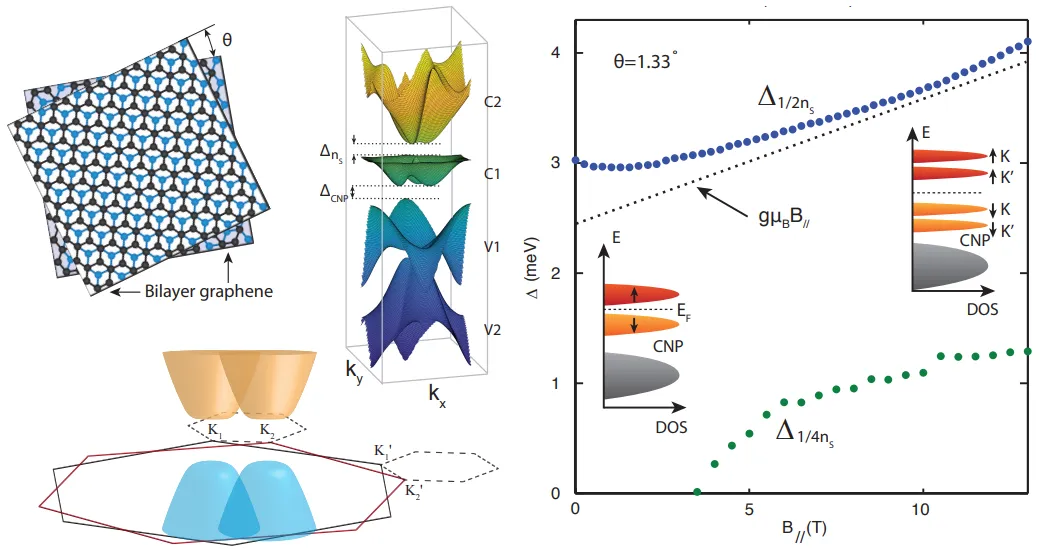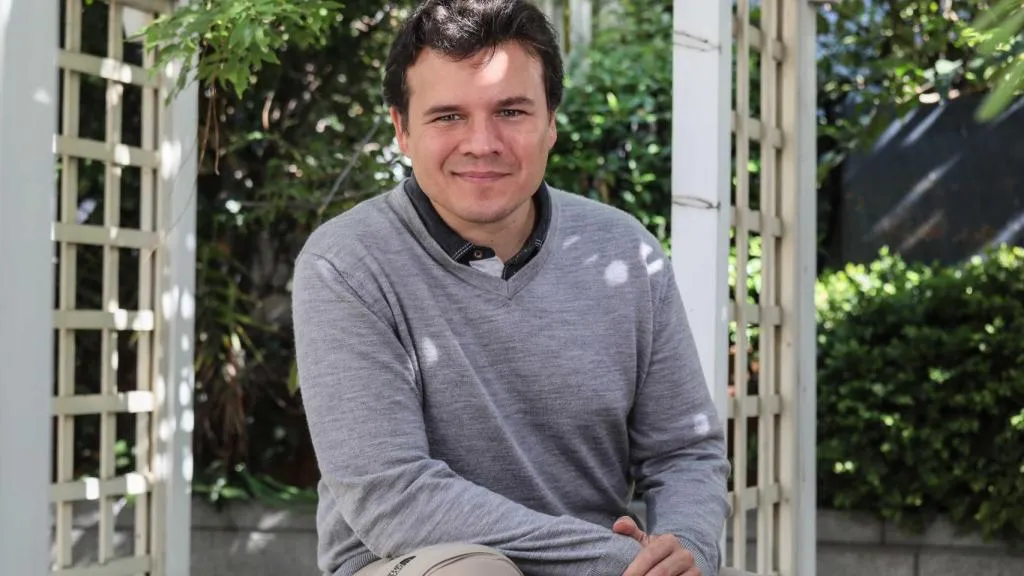
Source
Graphene is a two-dimensional material one atom thick, if we place 2 or more overlapping layers and rotate them at an exact angle of 1.1 degrees, new phases of a quantum nature are obtained, such as superconductivity.
Rotating these sheets produces what in mathematics, physics, optics, and graphic arts is called a moire pattern, an interference pattern that forms when two line grids overlap at a certain angle.
These 'moiré patterns' have long intrigued artists, scientists and mathematicians, and applications have already been found in printing, fashion and banknote printing.

Source
Now, a team of scientists have discovered that in the presence of a moiré pattern, the electrons are arranged in stripes or bands, which could help find quantum materials, for example superconductors, that would function at room temperature.
This is because the moire pattern slows down the electrons almost completely, allowing the electrons to interact with their neighbors, causing the material to acquire properties such as superconductivity or magnetism.
In addition to being superconducting, it can also be applied in quantum computing, for quantum computer chips, and in quantum sensors, capable of detecting a single photon.

Source
But what I am most excited about personally is that the first to get this rotation has been the Spanish Pablo Jarillo, awarded the Wolf prize for physics that comes to be the Nobel Prize as the Golden Globes are for the Oscar in the cinema.
Of course this can be applied to all the two-dimensional materials that have been appearing after discovering graphene, and can even join their layers and those of graphene, which can give even more surprises.
More information:
https://phys.org/news/2018-03-rotated-magic-angle-graphene-sheets.html


Versión en español
